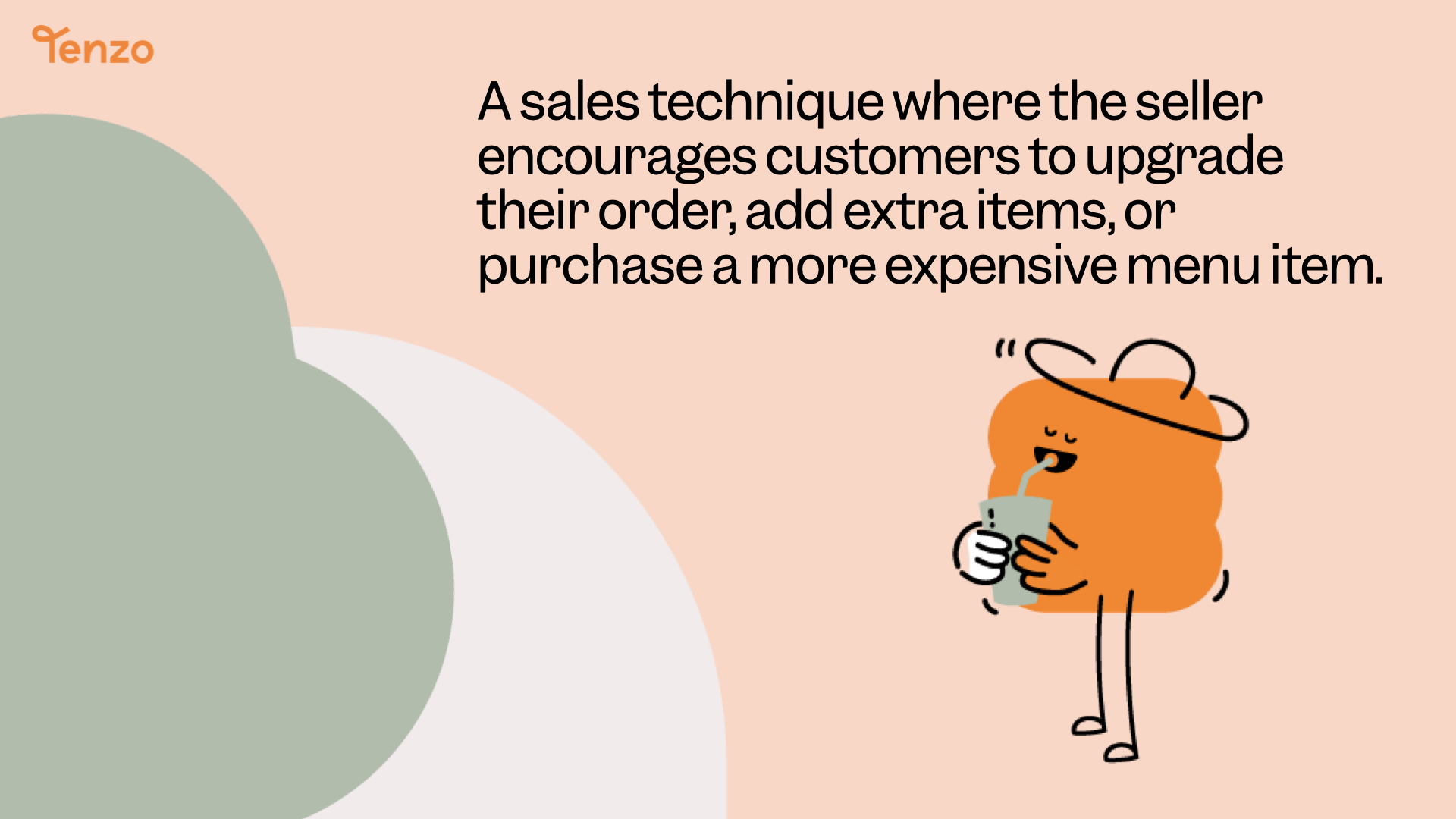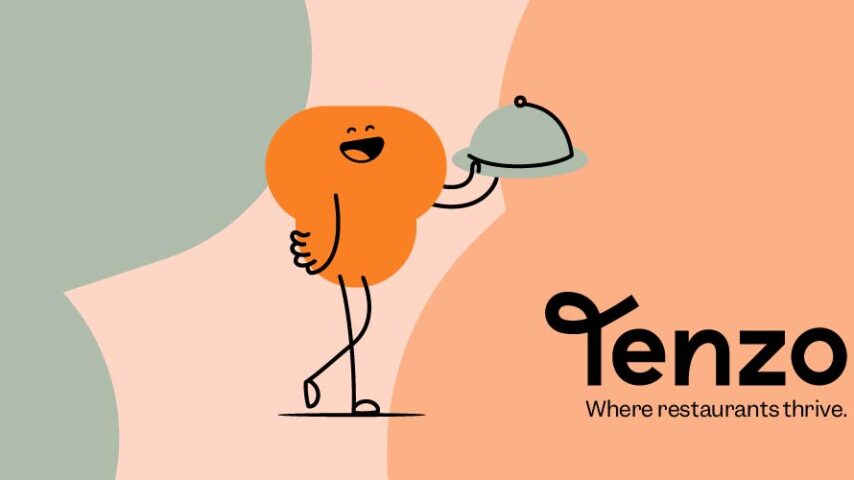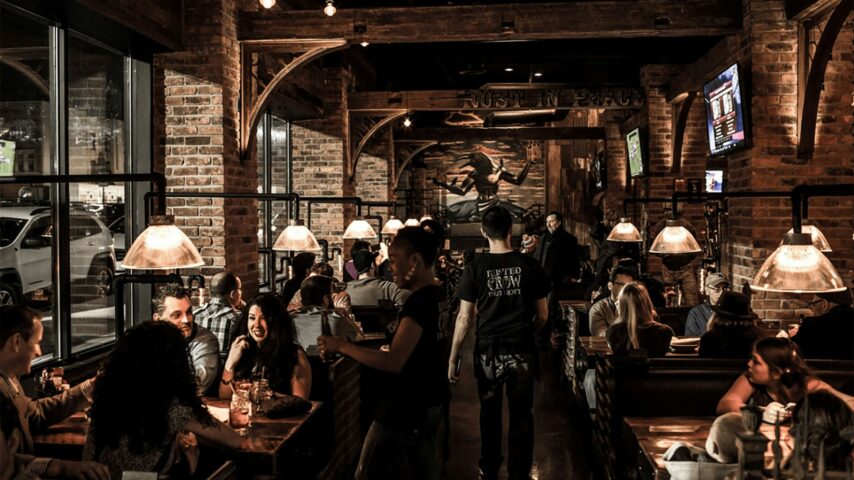Boost Your Sales with Upselling: The Art of Persuasive Selling
What Does Upselling Mean?
Upselling refers to the practice of persuading customers to purchase a more expensive, or additional menu item. It involves offering additional features, upgrades, or add-ons to increase the average transaction value.
Upselling is a common sales technique used by businesses to increase their revenue. It requires effective communication, understanding customer needs, and providing value-added options that customers will find appealing. When done correctly, upselling can not only benefit the business but also enhance the customer’s overall experience.
Cross selling sales come under the same vein of increasing profitability, but the difference between upselling and cross selling is that cross selling relates to selling additional items or more expensive menu items to exisiting customer.
The Power of Upselling: How to Increase Your Sales and Revenue
The benefits of upselling are clear; it increases revenue by convincing customers to purchase additional menu items, or menu items with higher profit margins. This helps to boost revenue from existing customers, with their average order value, whilst elevating the guest’s experience.
Upselling before the customer booking; champagne on arrival, or upgrading their menu choice, gives the customer something to look forward to. Not only does this increase sales, but it reduces the chances of no-shows on bookings. This personalised experience improves customer retention and loyalty and increases customer lifetime value through great customer service and effective sales strategy.
Upselling can be a tool to increase the performance of a restaurant’s marketing strategies. Promotional items can be suggested during the sales cycle to encourage more customers to try out new menu items; helping a result to be reached faster.
Mastering the Art of Persuasive Selling: Techniques to Upsell Successfully
Here are some best practices for upselling:
1. Identify the high-profit margin items
The purpose of upselling is to increase average order value by selling additional items, or those with higher profit margins. The easiest way to do this is using suggestive selling techniques for ‘stuck’ customers to menu items with higher profits.
2. Use the correct language and upselling techniques
Upselling is an art, and training your restaurant’s team on the upselling best practices is the most difficult part. The language used must be persuasive, without being desperate or intrusive. If staff try too hard to upsell, it’ll likely annoy the customers and result in a loss in revenue.
3. Timing is key
Help customers when they look like they need help. Don’t just intrude on customers’ conversations and push them to order more; start conversations with customers and naturally find the time to suggest more items. A positive customer experience is most important, and a feeling of urgency is likely to put them off.
4. Understand your customers’ needs and preferences.
Personalise the experience to each customer. This is the most effective way to successfully upsell. For casual dining concepts with a varied menu and customer range, upselling appropriate items is the key to success.
5. Offer relevant and valuable upgrades or add-ons.
Knowing your menu is as important as knowing your customers. Suggesting add-ons or different menu items that complement each other is likely to create a positive experience for the customers.
6. Follow up with customers to ensure satisfaction
Complete the customer experience by asking how they felt about your suggestions. This is an opportunity to get feedback on your suggestions for future customers, as well as to build rapport.
Using Data to Monitor Sales and Upselling Performance
Upselling is an incredibly useful technique for businesses to increase their revenue. However, it is essential to monitor the success of upselling daily in order to make improvements in real time. Businesses can identify patterns and trends that can help them refine their upselling techniques and increase sales.
A good way to improve the upselling performance is to have agreed items to upsell every day. This not only improves the focus of employees making it easier for them to make suggestions on the spot, but it helps to assess the customer reaction to certain items.
Collecting data on the performance of individual employees helps restaurants understand who their strongest and weakest links are. This improves overall performance by allowing the lower-performing team members to learn from the best.




